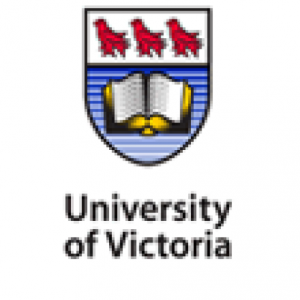Our Optical Systems and Technology Lab provides infrastructure supporting leading-edge research in several areas. Our interests are broad and fluid, encompassing a mix of theoretical analysis, experimental demonstration and numerical simulation.
We are not accepting new PhD , MASc , MENG or Post-Doctoral students at this time.
Some of our recent research project areas include:
- Microwave and Terahertz Photonics
- Communication Networks
- Engineering Entrepreneurship
Microwave and Terahertz Photonics:
Analog or microwave-photonic optical links and microwave-optical signal processing techniques have found widespread application in numerous sectors of communications. All modern cable-television networks use high-performance linear lasers and optical fiber to deliver the entire spectrum of analog video and digital data to and from small groups of subscribers. Other broadband access or last-mile networks, like the fiber-to-the-premises networks being deployed by telephone carriers throughout the world, also use analog optical links for transmission of broadband RF-modulated signals.
With the allocation of new high-frequency (e.g. 60 GHz) microwave bands for communications networks, optical links become an essential component in overcoming transmission loss, and optical techniques become useful in the generation and processing of these high-frequency microwave signals. Cellular base stations are often connected to remote antennas or groups of antennas by microwave-photonic links. Phased-array microwave and millimeter-wave antennas use microwave-photonic techniques to deliver phase reference and signal information to and from centralized processors. In short, the generation, processing, and transmission of microwave information using optical techniques has become an essential tool in modern communications networks.
Recent advances in source and detector technology have extended operating frequencies into the terahertz range (> 1000 GHz). This opens numerous applications in imaging and sensing, as these frequencies correspond to vibrational modes for many interesting molecules. Exciting possibilities are emerging rapidly for security, pharmacology, medical diagnostics, and more.
We are exploring a variety of novel device and system concepts related to microwave and terahertz photonics including:
- Techniques to reduce noise and distortion in microwave-photonic links
- Novel signal processing techniques
- Terahertz imaging., spectroscopy and Systems on Chip
- Performance analyses of a variety of photonic components or devices for related applications
Communications Networks:
Optical communications technology has created national and global communications networks with an abundance of low-cost transport bandwidth. Data routers use this physical-layer bandwidth to deliver an ever-increasing array of Internet-Protocol-based services and applications, such that the total bandwidth of global data traffic continues to grow at impressive rates. So impressive are the cost and performance attributes of this data-based networking approach that traditional circuit-based services like voice and video have become just additional data applications. However, large obstacles remain. Our networking interests address two of these obstacles.
First, gaining access to these high-performance networks and services requires connectivity between individual subscribers and the aggregation points or gateways to these networks. For consumers, this means advanced fiber-to-the-home and cable networks using cable modems, or one of a variety of wireless access methods. While adequate for today’s needs, each of these types of access networks will require substantial innovation and investment to meet future demands for services like virtual reality. For businesses, direct optical-fiber connections are required, but often cannot be obtained for reasonable cost. Availability of access bandwidth is particularly problematic in remote communities or businesses, a substantial problem in British Columbia. Fiber-to-the-home/business networks (considered by many to the ultimate solution) must overcome problems in many dimensions before ubiquitous deployment can be provided.
We are currently not expanding research in broadband access networks.
The second challenge is understood by recalling that typical router-based networks or networks of Ethernet switches cannot guarantee delay less than several hundred milliseconds (ms). Highlighting this problem is that human reflex times are typically in the range of 20 ms. Online gaming (particularly “reflex” games), collaborative music, and a variety of specialty applications would be empowered by the availability of networking approaches with delay guaranteed to be less than 50 ms over large distances. Providing this performance, with the flexibility associated with IP networks, is a substantial challenge.
We are currently not expanding research in networks that provide very-low delay and latency.
